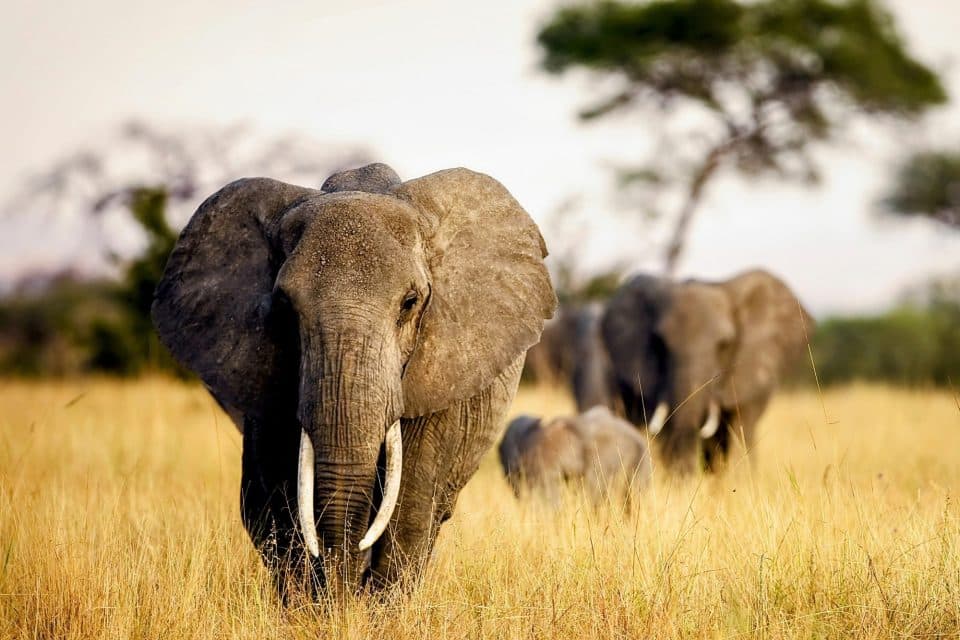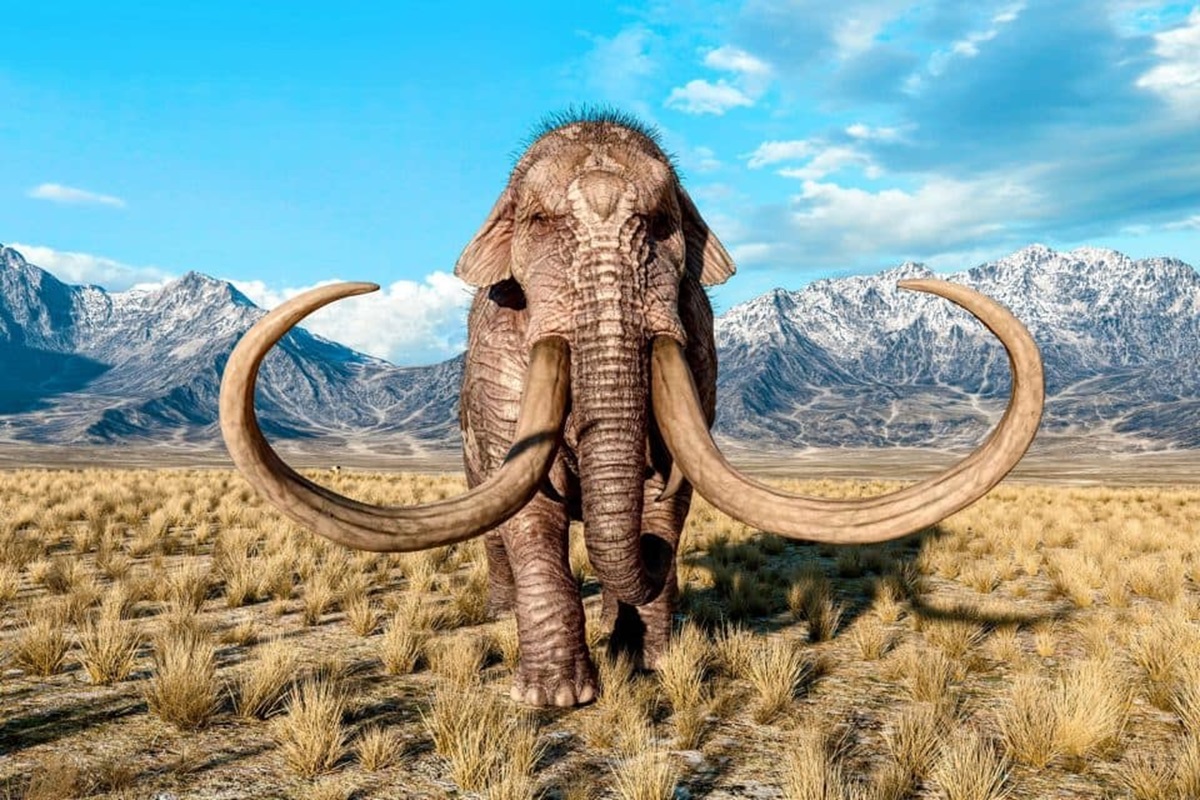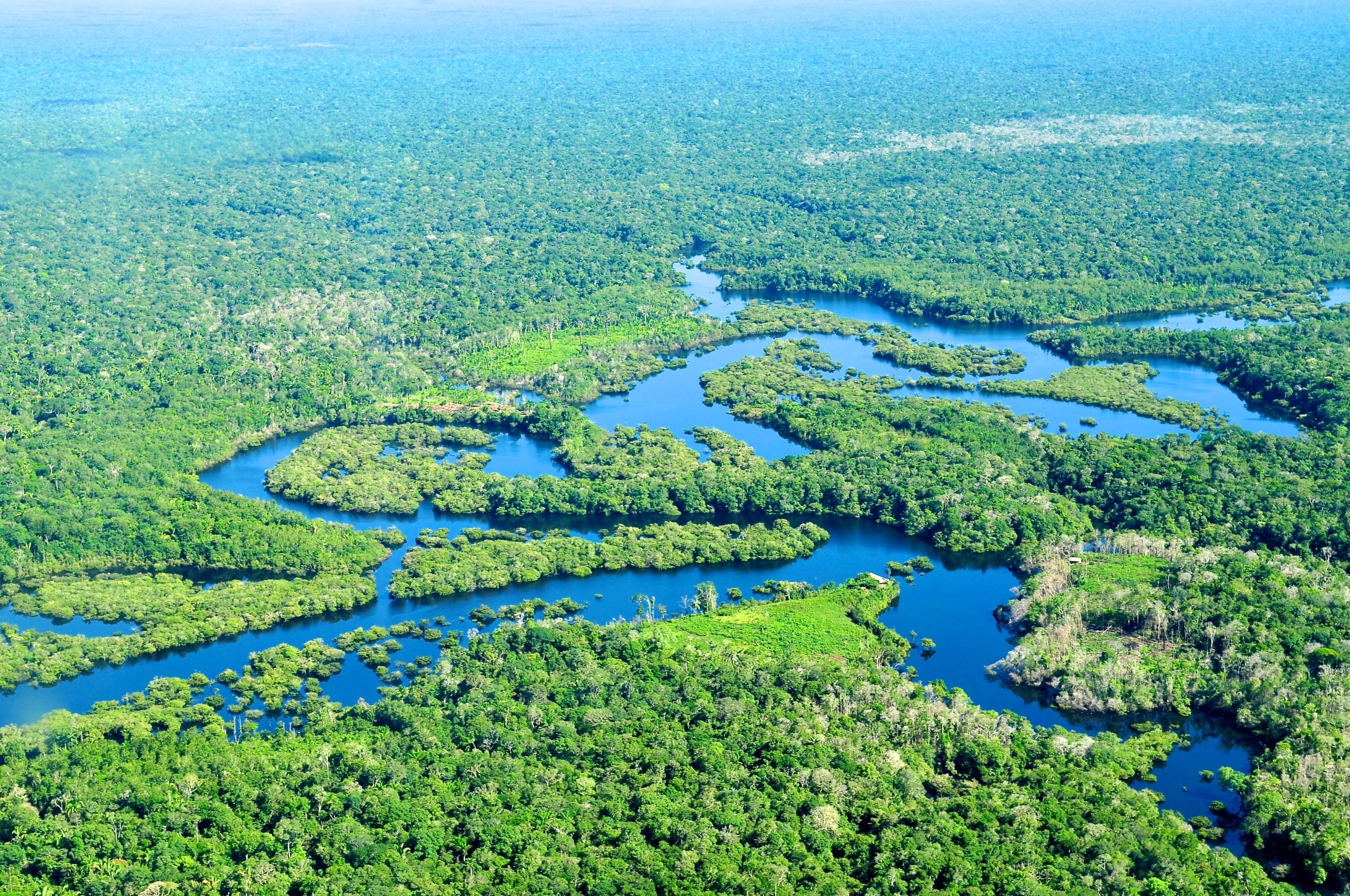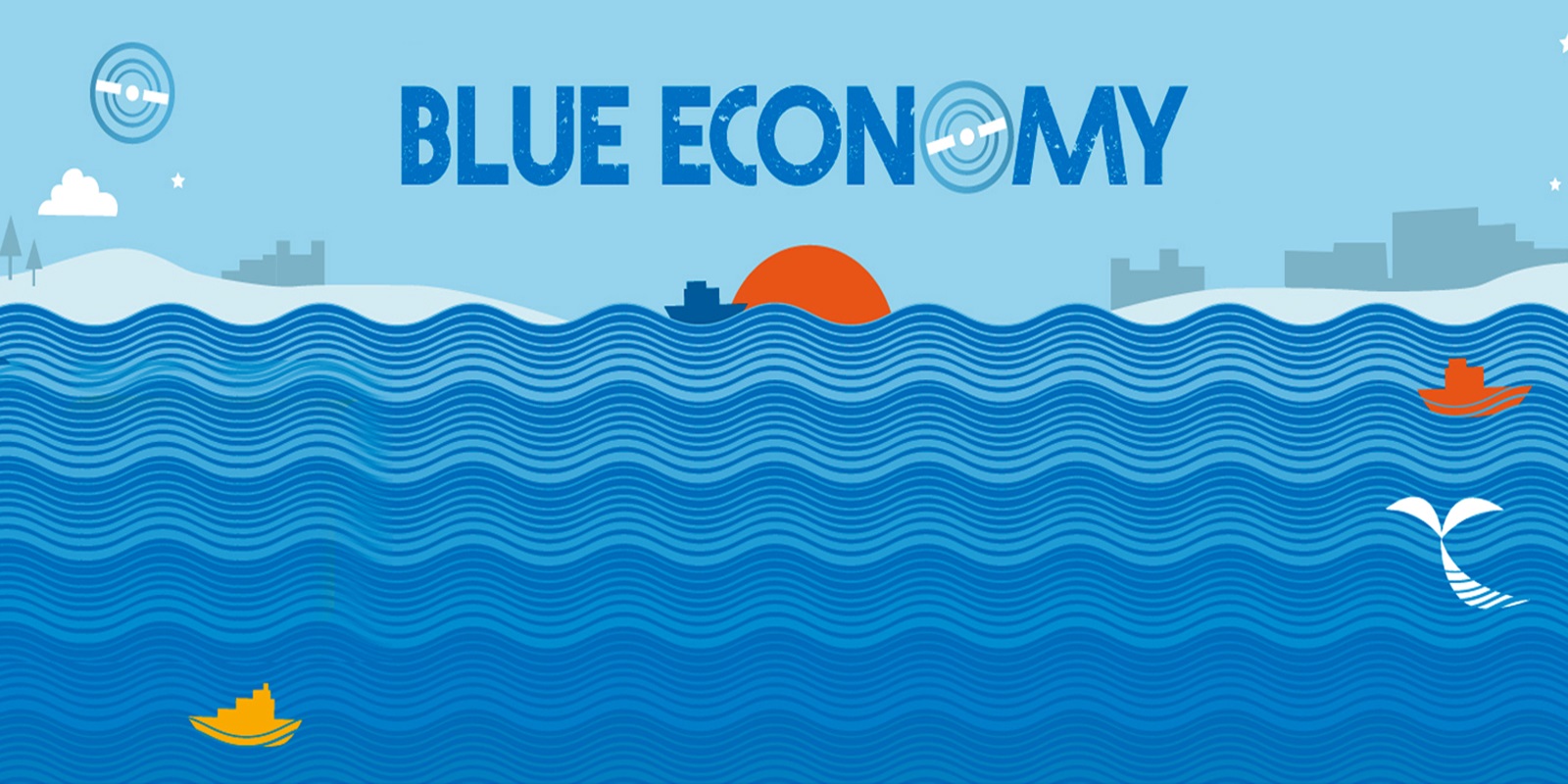In the vast savannas of Africa, a groundbreaking discovery has emerged, revealing the intricate social fabric of wild African elephants. Scientists from Colorado State University, in a collaborative effort with Save the Elephants and ElephantVoices, have unveiled that these majestic creatures use unique vocalizations akin to names when addressing each other, a phenomenon seldom observed in the animal kingdom.

Utilizing advanced machine learning techniques, the researchers meticulously analyzed the calls of elephants, uncovering that these animals not only recognize but also respond to specific calls meant for them. This finding parallels human communication, where names serve as distinct identifiers, rather than the mimetic vocalizations used by dolphins and parrots to address their peers.
Michael Pardo, the study’s lead author and a postdoctoral researcher at both CSU and Save the Elephants, highlights the significance of this behavior. Unlike other species that imitate calls, elephants employ a system of arbitrary vocal labeling, mirroring the human use of names. This ability to create new sounds for individual identification is a rarity in the animal world and marks a leap in cognitive capabilities, allowing for more abstract and complex communication.
George Wittemyer, co-author and professor at CSU’s Warner College of Natural Resources, emphasizes the limitations of communication through mere imitation. The development of arbitrary vocal labels, he suggests, may stem from the need to navigate intricate social networks—a trait shared by both elephants and humans despite their evolutionary paths diverging millions of years ago.
Elephants’ vocalizations are not just mere sounds; they are a tapestry of information, conveying identity, age, sex, emotional state, and behavioral context. Their calls, spanning a broad frequency range, including infrasonic sounds, are the threads that weave together their social interactions and coordinate movements across the expansive African landscape.
The study’s innovative signal processing technique, crafted by Kurt Fristrup at CSU, has shed light on the subtle nuances in elephant calls. These nuances suggest that elephants use arbitrary sonic labels—potential ‘names’—and possibly other descriptors within their rich vocal repertoire.
When subjected to playback experiments, elephants exhibited a keen recognition of calls directed at them, responding with vigor. This selective responsiveness, as noted by Pardo, now at Cornell University, underscores their sophisticated communication system, which is particularly evident in long-distance interactions and adult-calf dialogues.
Over four years of research, including 14 months of intensive fieldwork in Kenya’s Samburu National Reserve and Amboseli National Park, the team recorded a vast array of calls from numerous individuals. This extensive data collection has facilitated a comprehensive analysis of elephant communication patterns, offering profound insights into their social dynamics.








